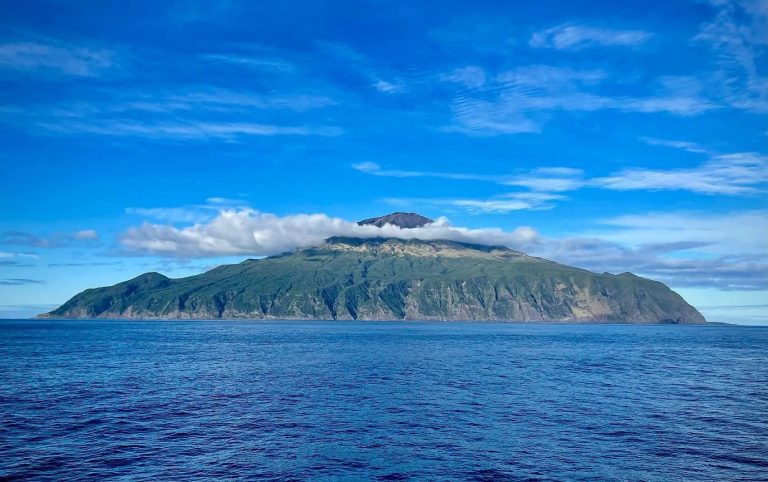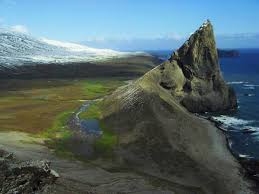There are several islands around the world that are remote and isolated, harbouring only animals that can thrive in their climate. These remote islands offer a glimpse of the raw beauty of nature since they are undisturbed by civilization. These secluded islands remain this way due to several factors, including harsh climates and geographical isolation. Today, we will be exploring six of the most remote islands in the world.
Kerguelen Islands
If you travel about 3,300 kilometres in the southern Indian Ocean from Madagascar, you will come upon the Kerguelen Islands. These French-administered islands are also known as the “Desolation Islands.” This is a secluded region that is only inhabited by a small group of scientists. These scientists are stationed at research facilities. This region is home to seals, penguins, and albatrosses. The Kerguelen Islands consist of rugged mountains, mossy plains, and glaciers.
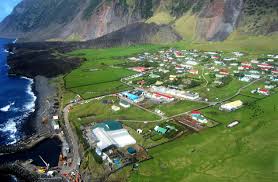
Tristan da Cunha
Tristan da Cunha is one of the most isolated inhabited islands on Earth. It is located 2,100 kilometres south of St. Helena in the South Atlantic Ocean. It has over 200 people, and it is surrounded by isles that are far more remote and uninhabited. The island features a volcano, and lush green lands, and is home to many birds.
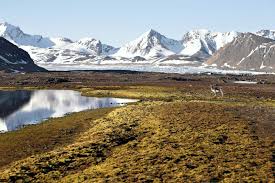
Spitsbergen
Spitsbergen is renowned for its stunning snow-covered landscapes. You can find this island about 830 kilometres from the European mainland. This Arctic island is the largest of Norway’s Svalbard archipelago. It is also very popular with the polar bears that inhabit the island.
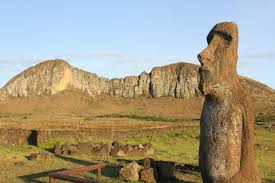
Easter Island (Rapa Nui)
Easter Island is a popular island that attracts researchers and travellers but remains isolated. This island is situated about 3,500 kilometres from mainland Chile. This island is renowned for its enigmatic Moai statues and its rich history and cultural significance. The island boasts scenic views, but it remains uninhabited due to factors such as limited resources and isolation.
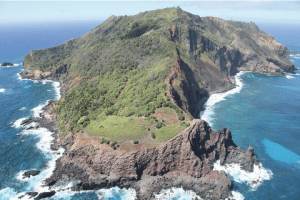
Pitcairn Island
In the Pacific Ocean, there is a tiny island known as Pitcairn Island. There are less than 50 people inhabiting this island, which is part of a British Overseas Territory. In the 18th century, Pitcairn Island was known as the refuge of the HMS Bounty mutineers. Additionally, this island is known for its marine life.
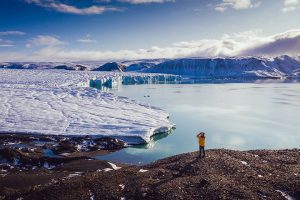
Novaya Zemlya
One of the most remote islands in the world is Novaya Zemlya, which features harsh arctic conditions. The Novaya Zemlya is made up of two large islands in the Russian Arctic. They are separated by the Matochkin Strait. This island is inhabited by migratory birds, walruses, and polar bears. This region once served as a nuclear testing site during the Cold War.
What Makes These Islands So Remote?
There are multiple reasons why these islands continue to remain remote. Some of these factors include:
Geographical isolation: These remote islands are located thousands of kilometres in the ocean, which makes it challenging to access them, so they remain undisturbed.
Harsh climates: The extreme temperatures are not suitable for humans to live permanently. They also have unpredictable weather that makes it challenging.
Ecological significance: Many remote islands are protected habitats to preserve their fragile ecosystems.
Why Explore These Islands?
Remote islands can be great destinations to visit for adventurers. These places offer breathtaking landscapes, hidden places to explore, and a wonderful experience in nature. These islands are also amazing locations for scientists who can observe their natural wonders and study biodiversity and climate change. Meanwhile, others may just admire them for their natural beauty.
Challenges and Conservation
While these remote islands maintain their natural beauty and stunning landscapes, they can still be affected by global threats such as climate change and plastic pollution. It takes international cooperation and strict conservation methods to preserve their fragile ecosystem.

